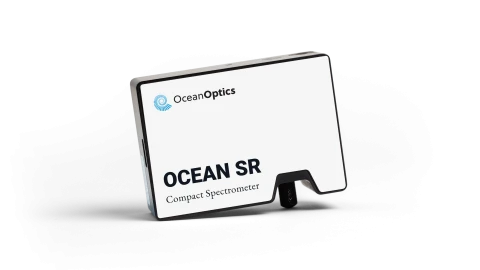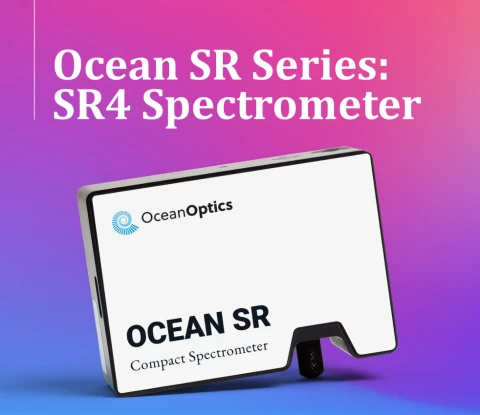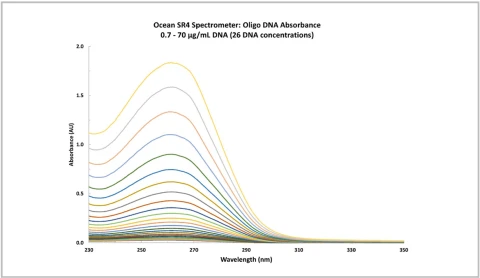Description
The Ocean SR4 is a high-resolution, compact spectrometer engineered for critical spectral analysis across the UV, visible, and near-infrared ranges. Its robust optical design ensures outstanding wavelength stability and low stray light, while an SNR of up to 3000:1 (with High Speed Averaging Mode) delivers clean, precise results even in demanding applications.
The SR4 delivers high-resolution performance in a compact package (88.1 × 63.5 × 31.45 mm; ~275 g), making it ideal for both laboratory and OEM integration. It supports multiple communication interfaces including USB-C, RS-232, SMA, and 16-pin Samtec TFM connectors, and offers trigger modes for synchronized spectral acquisition. With full OceanDirect™ SDK support, users gain complete control of acquisition parameters, automation, and advanced data processing.
The SR4 is a versatile tool for high-resolution applications such as emission line detection, plasma diagnostics, reflectance analysis, and absorbance measurements. Its combination of speed, accuracy, and configurability makes it equally effective in research laboratories and high-volume industrial environments. The spectrometer is available in models covering wavelength ranges from ~180 to 1100 nm, with entrance slit options from 5 µm to 200 µm, allowing users to balance spectral resolution and throughput for their specific needs.
The SR4 operates seamlessly with OceanView spectroscopy software and leverages OceanDirect, a cross-platform Software Developers Kit with a comprehensive API. OceanDirect provides libraries and functions for writing custom software solutions, optimizing spectrometer performance, and accessing data for advanced analysis. The hardware-accelerated High Speed Averaging Mode further improves signal-to-noise performance, ensuring high-quality spectra and reproducible results.
Additional functionality of the SR4 includes synchronized trigger modes, enabling precise timing of spectral acquisition with external devices or sampling conditions. Its compact footprint, lightweight construction, and robust CCD-array detector design make the SR4 a practical choice for both standalone laboratory setups and embedded OEM systems, where high-resolution performance and long-term stability are essential.
Ocean SR4 Compact High-Resolution UV-Vis-NIR Spectrometer
Specifications
| Wavelength Range (reflectance): | 190 – 1100 nm |
|---|---|
| Resolution: | 0.6 nm |
| Minimum Scan Time: | Not Specified |
| Optical Resolution (w/25 µm Slit): | ~0.60-2.03 nm |
| Dynamic Range (single Scan): | 1300:1 |
| Minimum Integration Time: | 3.8 ms |
| Integration Time: | 3.8 ms - 10 s |
| Thermal Drift: | 0.02 nm/°C |
| Signal To Noise Ratio (max. Per Second W/ High Speed Averaging Mode): | 3000:1 |
| Signal To Noise Ratio (single Scan): | 250:1 |
| Stray Light: | 2.3 AU |
| Scan Rate: | 74 Hz |
| Temperature (operation): | 0 °C to 55 °C |
| Temperature (stirage): | -30 °C to 70 °C |
| Interfaces: | USB, RS-232, Ethernet |
| Connector: | USB Type-C, Samtec™ TFM-108-02-L-DH, RJ45 |
| A/D Resolution: | 16-bit |
| High Speed Average Mode: | Yes |
| Dimensions: | 88.1 mm x 63.5 mm x 31.4 mm |
| Weight: | 254 g |
Features
Key Features & Benefits
- Broad Wavelength Range: 220–1050 nm (UV-Vis-NIR) for versatile spectral coverage.
- High Optical Resolution: Achievable down to ~0.42 nm (config-dependent).
- Exceptional SNR: Up to 3000:1 with HSAM—ensures clear signals even in low-light.
- Compact & Lightweight: ~88 × 63.5 × 31.45 mm, ~275 g — ideal for OEM integration and portable use.
- Slit Options Variety: Choose from 5, 10, 25, 50, 100, and 200 μm to balance resolution and sensitivity.
- Flexible Interfaces: USB-C, RS-232, SMA, and Samtec TFM connectors support custom systems.
- Advanced Control: OceanDirect SDK and trigger modes for automated and synchronized operation.
- Thermal Stability & Low Noise: Ensures accurate, stable readings across conditions.
Applications
The Ocean SR4 Spectrometer is designed for high-resolution spectral analysis across research, industrial, and OEM applications. Common applications include:
- Emission Line Analysis – Ideal for plasma and atomic emission monitoring, where high resolution is critical.
- Absorbance & Reflectance Spectroscopy – For precise thin-film, sample, and material characterization.
- Reflectance & Color Measurement – Quality control in materials like coatings, paints, and textiles.
- Chemical & Biological Assays – Detect subtle absorbance changes in DNA, proteins, and other biomolecules.
- OEM Integration – Engineered for use in custom instruments, handheld analyzers, and automated systems.
- Industrial Monitoring & Inline Analysis – Built tough for high-volume, real-time production environments.
Why Choose the Ocean SR4 Spectrometer?
With its exceptional resolution, stable performance, and compact footprint, the Ocean SR4 is ideal for researchers, engineers, and OEM developers who need reliable, high-quality spectral data. Whether used in the lab, in process monitoring, or embedded in analytical systems, it delivers the precision and versatility required to meet a broad range of spectroscopic challenges.
Frequently Asked Questions
What is the Ocean SR4 Spectrometer?
What is the wavelength range of the SR4 Spectrometer?
What software is compatible with the SR4 Spectrometer?
What are the dimensions and weight of the SR4 Spectrometer?
How does the High Speed Averaging Mode (HSAM) benefit the SR4 Spectrometer's performance?
What are the interface options available for the SR4 Spectrometer?
What applications is the SR4 Spectrometer suitable for?
Similar Products
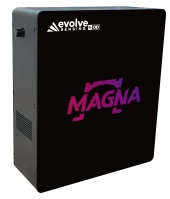
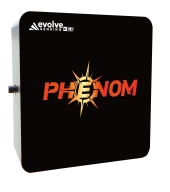
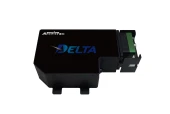
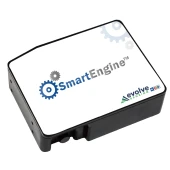
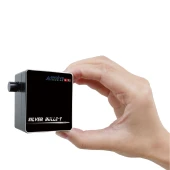
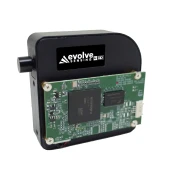
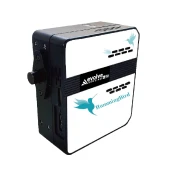
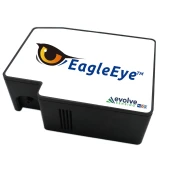
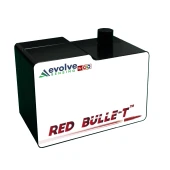
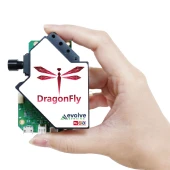
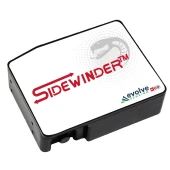
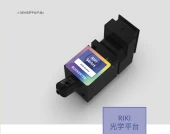
Your inquiry has been received.
Create an account by adding a password
Why create an account?
- Auto-complete inquiry forms
- View and manage all your past messages
- Save products to your favorites
- Close your account anytime — no hassle
